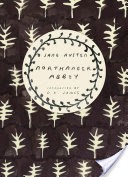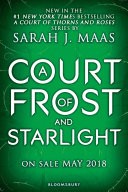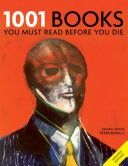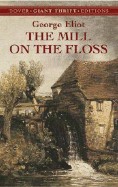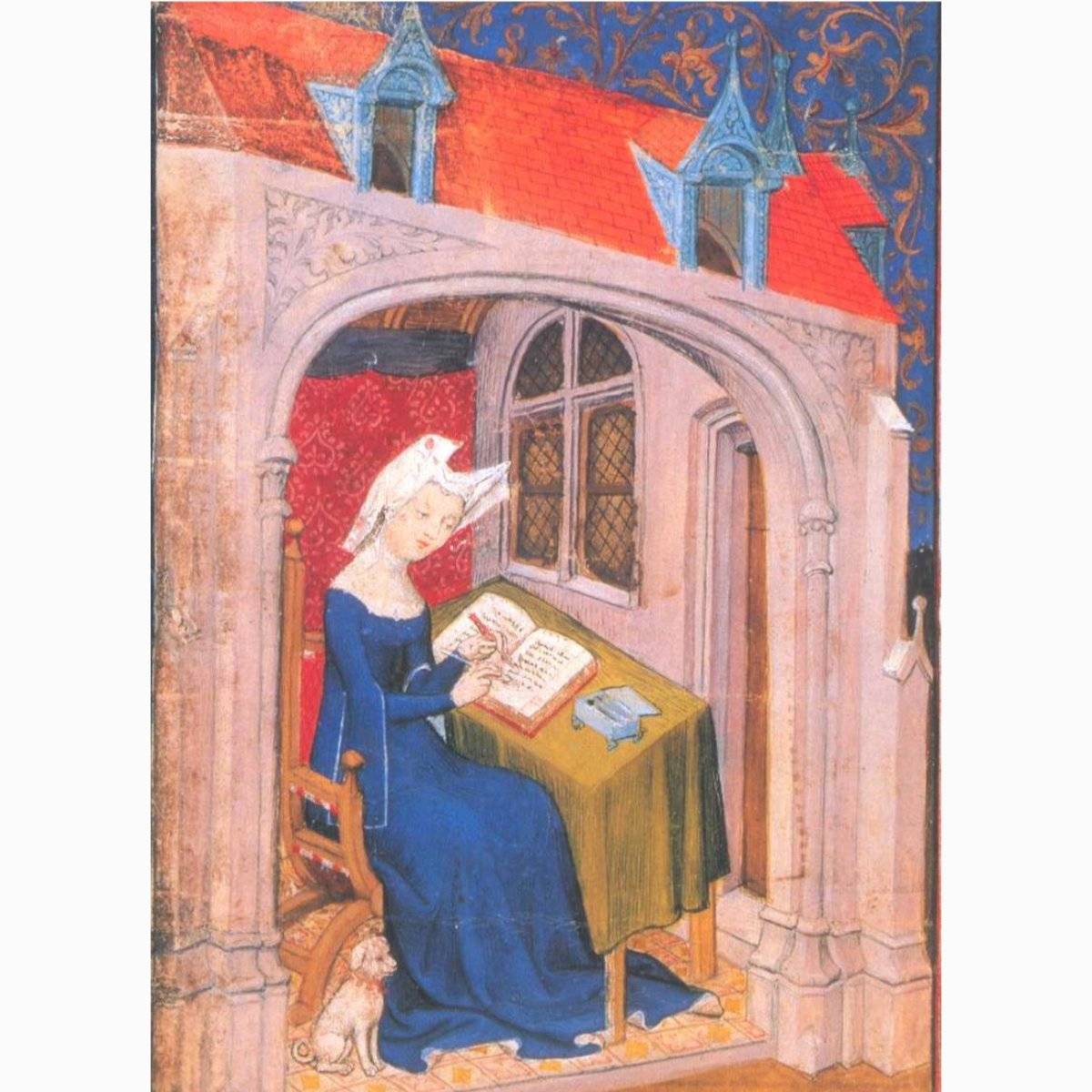
I am really enjoying this long poem in 100 ballads and 1 lai, describing the evolution of the relationship between a lady and her lover, clearly inspired by the Roman de la rose, but without the misogyny, digressions and non-PG content! The Middle French verses are a joy: melodious, and not too difficult to understand for this contemporary reader.
Miniature of Christine de Pizan writing from Wikipedia
Graywacke Nice follow up on The Rose! 2y
Dilara @Graywacke Definitely ! I wrote a longer post in my thread on LT, if you're interested 😁 🌹 2y







